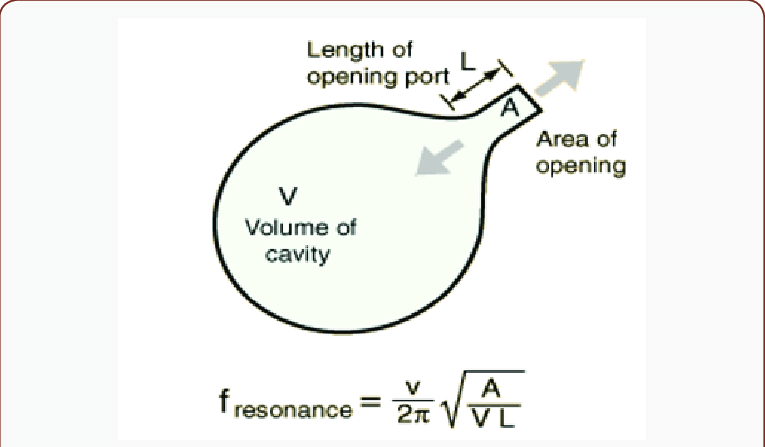The BOAT Gamma-Ray Burst: Unlocking Cosmic Mysteries and Revising Physics
In October 2022, a monumental event occurred in space that stunned the astronomical community. The “BOAT” (Brightest of All Time) gamma-ray burst exploded with such intensity that it blinded gamma-ray detectors worldwide, delivering more energy within seconds than our sun could hope to produce in its entire 9-billion-year lifespan. Over the next eighteen months, scientists devoted significant attention to studying this rare event, unraveling one mystery after another. They found that the BOAT wasn’t just a record-breaker—it might force us to reconsider certain foundational aspects of physics, from the nature of dark matter to how heavy elements like gold are created.
What Are Gamma-Ray Bursts?
Gamma-ray bursts are powerful cosmic events that release short blasts of high-energy gamma radiation. First detected in 1967, these events have fascinated cosmologists due to the unique insights they provide into extreme states of matter and star evolution that are otherwise impossible to replicate on Earth. These bursts typically fall into two categories:
- Short Gamma-Ray Bursts: Last less than two seconds. These are typically caused by the collision of neutron stars or the merger of a neutron star and a black hole. Such collisions can produce a kilonova, or a bright light from the decay of newly formed chemical elements.
- Long Gamma-Ray Bursts: Anything lasting longer than two seconds falls into this category. These come from the explosive deaths of massive stars, leading to supernovae. Notably, the burst is followed by the formation of either a neutron star or a black hole.
The BOAT stood out for multiple reasons—including its proximity, brightness, and incredible duration. These characteristics make it not only the brightest but also one of the longest-lasting gamma-ray bursts we’ve ever detected.
Why the BOAT Gamma-Ray Burst is Puzzling
Scientists quickly realized that BOAT defied explanation in many ways:
- It measured more than 70 times stronger than any previously detected gamma-ray burst.
- The burst originated in the Sagitta constellation, just 2 billion light-years from Earth—closer and brighter than comparable events. For context, gamma-ray bursts typically come from much farther away, making this event exceedingly rare.
- Unexpectedly, the supernova that followed wasn’t as spectacular as expected—it was relatively ordinary despite the unprecedented burst of gamma rays.
So, what caused this immense flash? Early hypotheses suggested that the event’s energy might have appeared exaggerated due to Earth’s alignment with the gamma-ray beam, much like a flashlight that appears brighter when focused directly in your eyes. However, other mysteries surfaced as well, raising important questions about black holes, dark matter, and stellar physics that transcend this single event.
BOAT’s Impact on Earth’s Atmosphere
Interestingly, BOAT didn’t just impact space—it reached Earth in measurable ways. The burst momentarily disrupted our planet’s ionosphere, an atmospheric layer teeming with charged particles. Its impact was on par with a major solar flare, temporarily reshaping the ionosphere in a way that hadn’t been seen with any other burst. If this kind of energy can alter the atmosphere from over two billion light-years away, the question of what closer gamma-ray bursts could do becomes terrifyingly plausible.
More amazingly, data from observatories like the Large High Altitude Air Shower Observatory in China captured unprecedented details of the burst’s photons and their trajectories. These photons managed to traverse space for billions of years before affecting Earth—leading some researchers to consider the existence of axions, hypothetical particles that could interact with dark matter and potentially be involved in the burst’s extreme energy levels.
The BOAT’s Role in Heavy Element Formation
Besides its sheer brightness and impact on Earth, BOAT reintroduced important questions about where heavy elements like gold, silver, and platinum come from. Stars are responsible for fusing atomic elements up to iron during their lifespans, known as stellar nucleosynthesis. However, elements heavier than iron, such as gold, require a different kind of cosmic event.
The most accepted source of these heavy elements is through the collision of neutron stars, which emits a neutron-rich environment where new heavy elements form through a process called r-process nucleosynthesis. However, such collisions are infrequent, and shouldn’t account for the total amount of gold and other heavy metals found across our galaxy. This raised hopes that gamma-ray bursts like BOAT could offer another source for these elements.
However, much to the researchers’ surprise, BOAT showed no trace of heavy elements forming in the wake of its burst. This is a troubling result, challenging the widespread belief that collapsars—exploding stars like the BOAT—could also produce gold under certain conditions. Simulating this event’s galaxy suggested its composition had unusually low metallicity, which might explain the lack of elements, but the exact answer is still elusive.
Ultimately, the study of BOAT may force us to rethink how heavy elements are dispersed throughout the cosmos. It could also lead to yet undiscovered processes fueling the formation of essential building blocks in the universe.
Pushing the Boundaries of the Standard Model
BOAT is more than just a cosmic anomaly that scientists can study—it might pave the way to revising the fundamental models we use to understand the universe. As mentioned in my previous article on String Theory, physics is constantly evolving, and findings like these help push the boundaries of traditional theories like the Standard Model. Whether we’re exploring rare new particles or changes in elemental nucleosynthesis, future research in fields like gamma-ray astronomy offers the potential to revolutionize our understanding of the universe, much the same way quantum field theory and number theory do in the realms of abstract mathematics.
This is only the beginning of our journey into deciphering cosmic bursts like BOAT, and we’ll likely see much more research into these astronomical events in the coming years. Stay curious—if this event tells us anything, it’s that there’s still plenty for us to learn about our cosmic neighborhood.
Focus Keyphrase: BOAT Gamma-Ray Burst
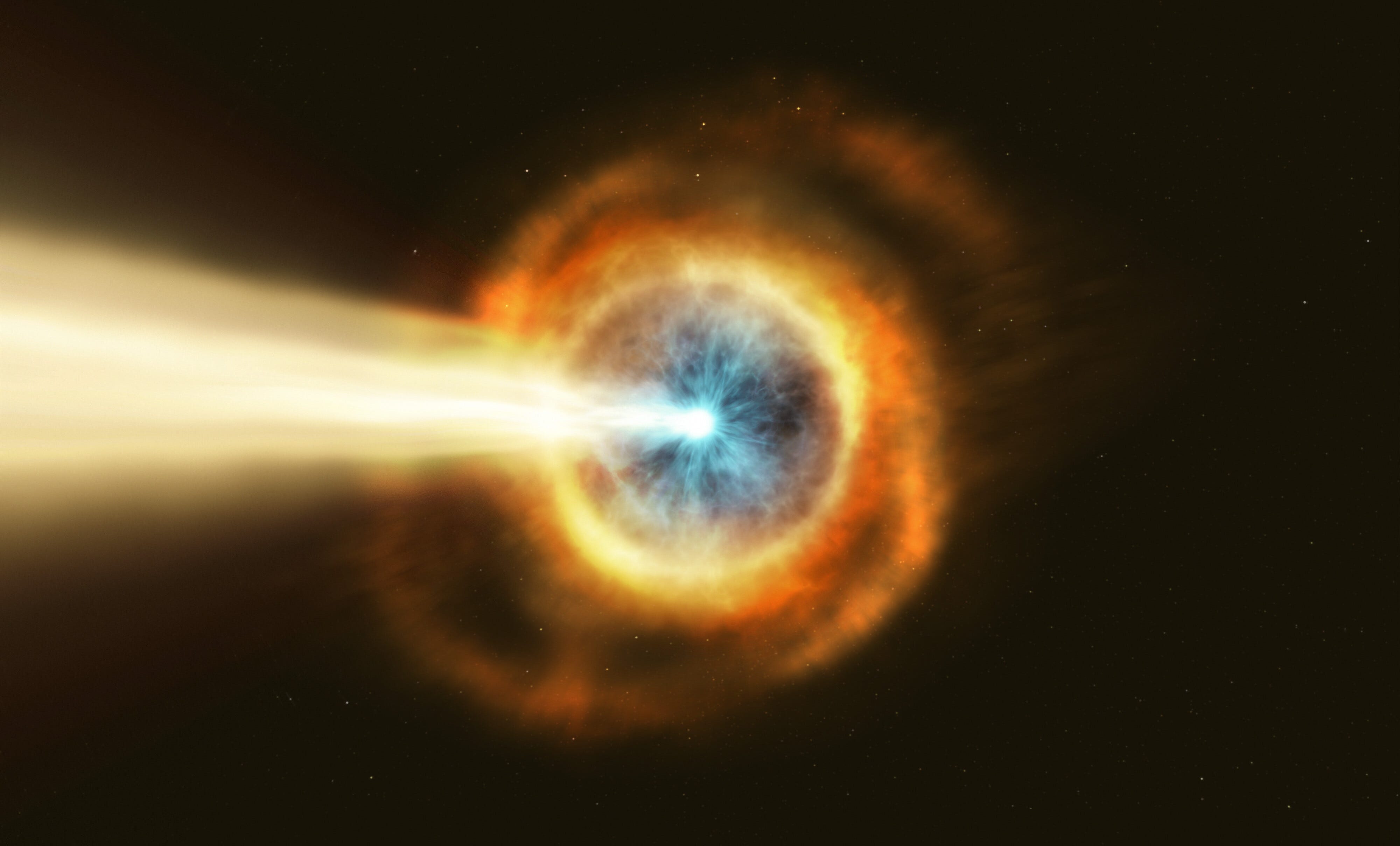
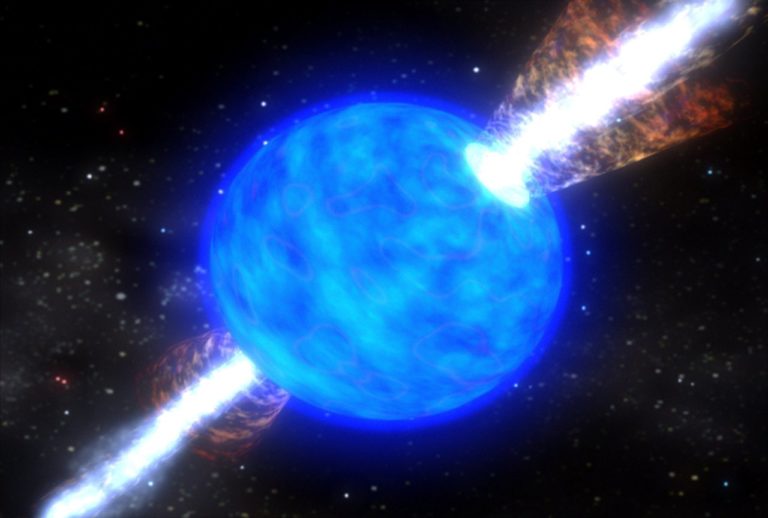
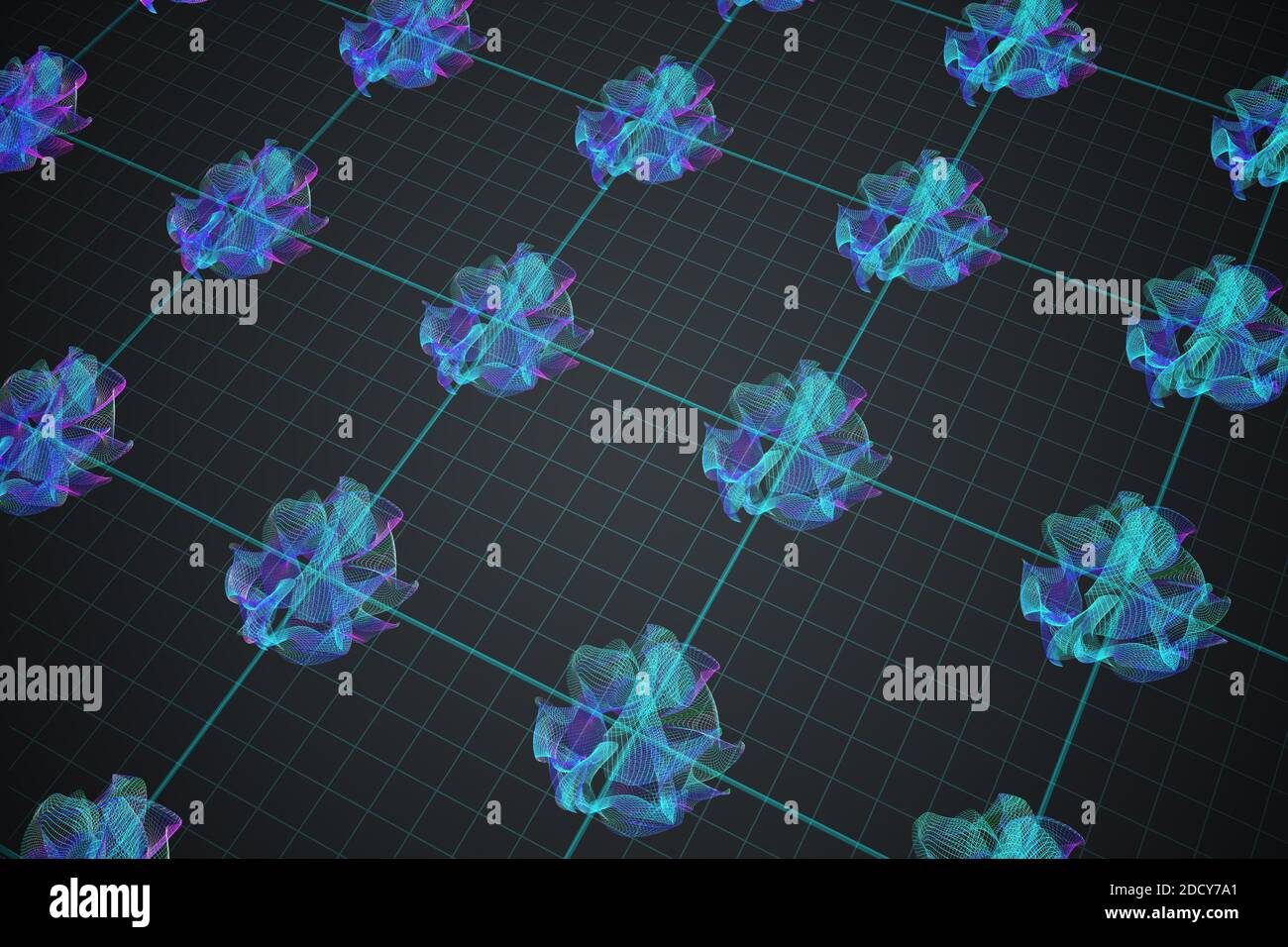 >
>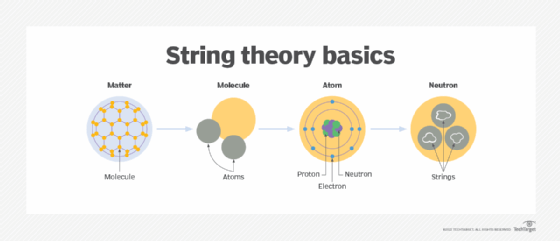 >
>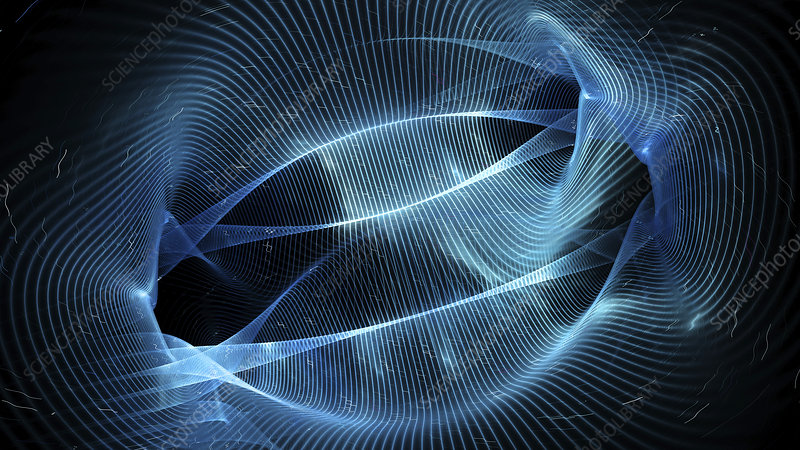 >
>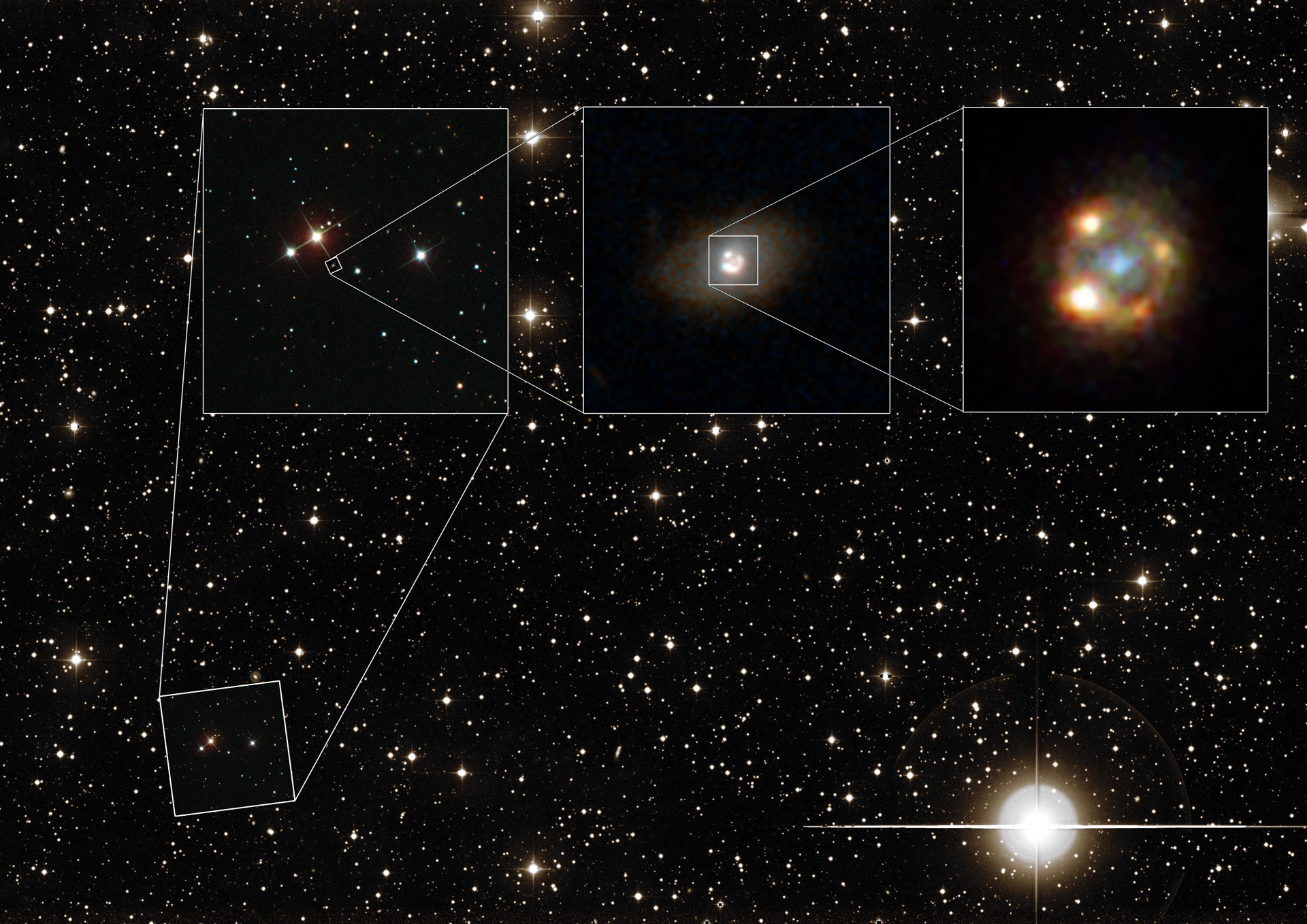
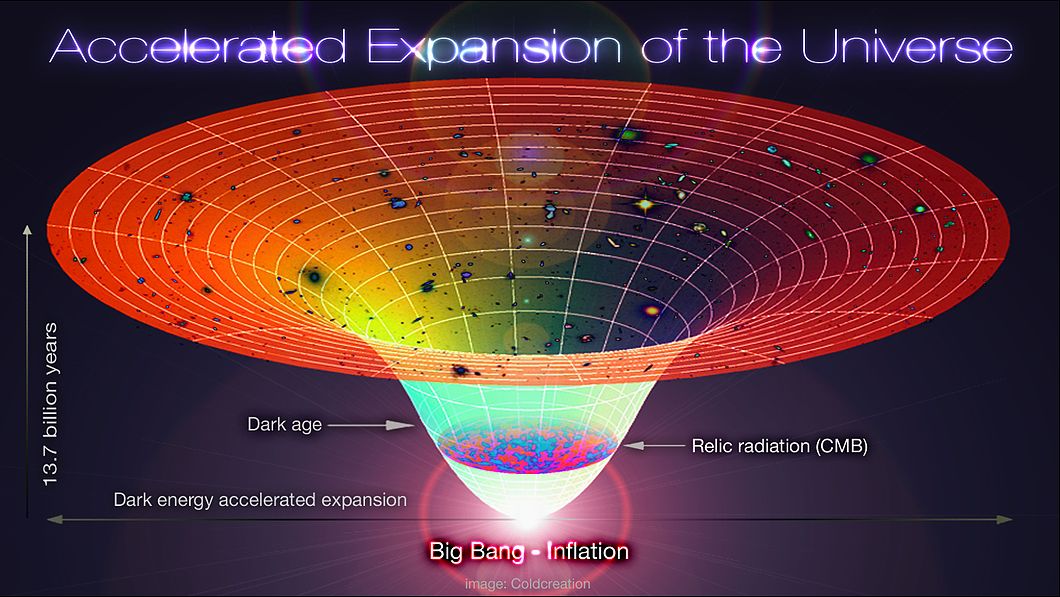
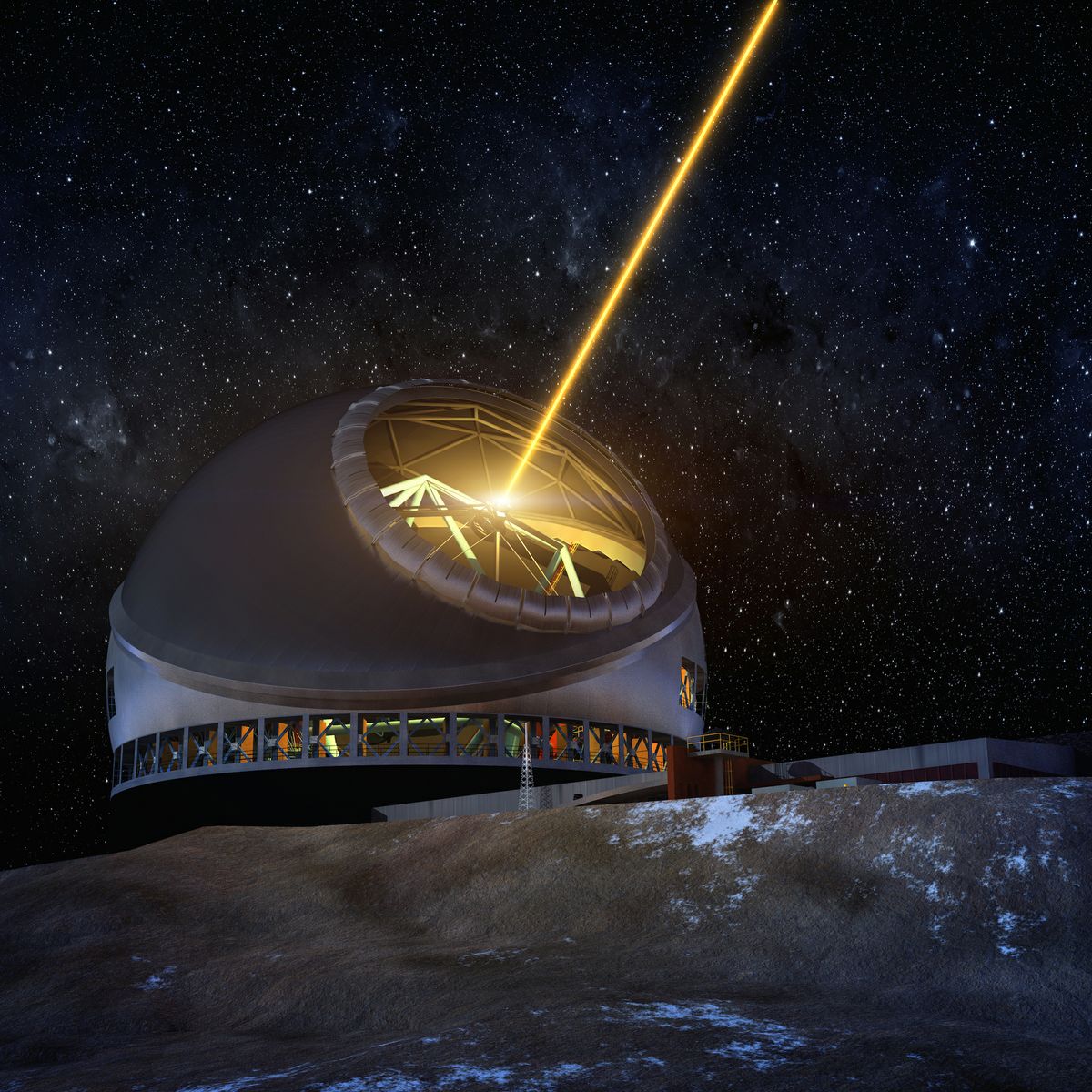
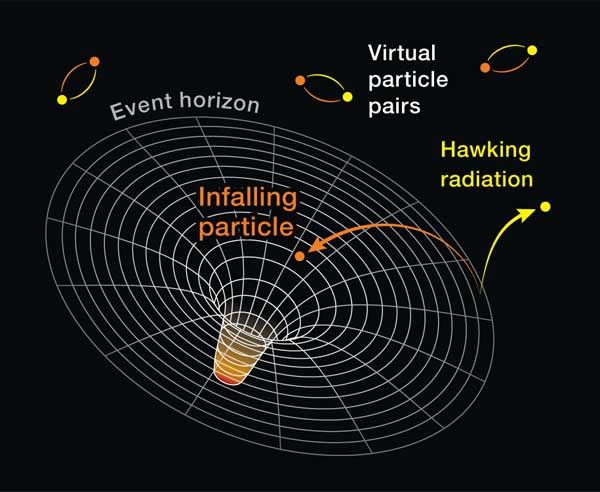
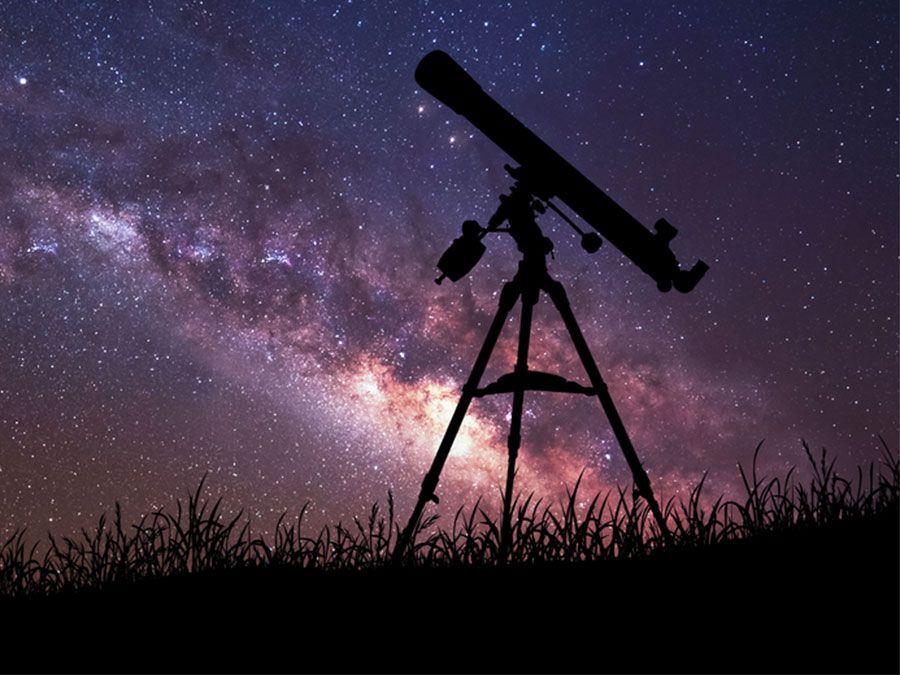
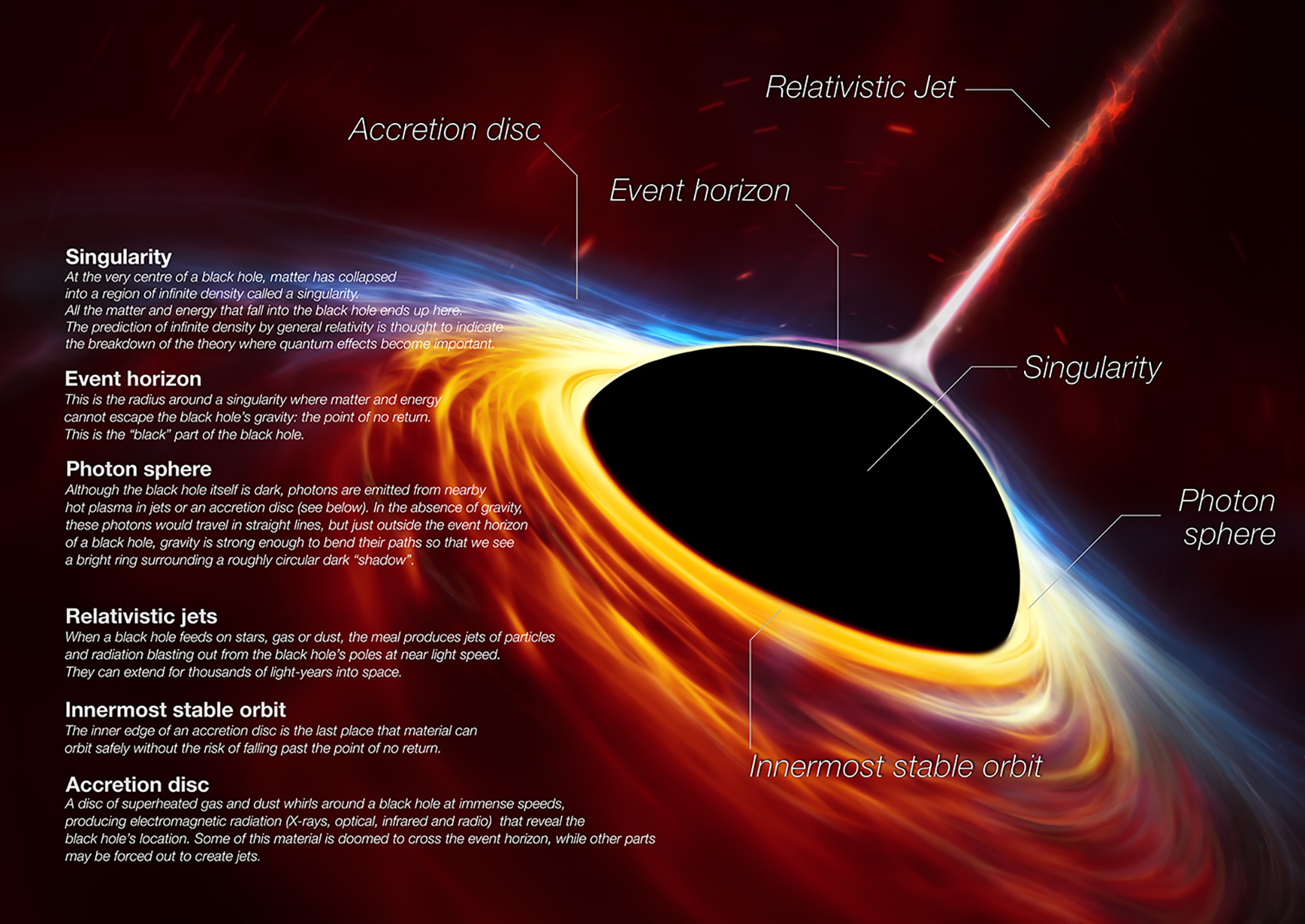
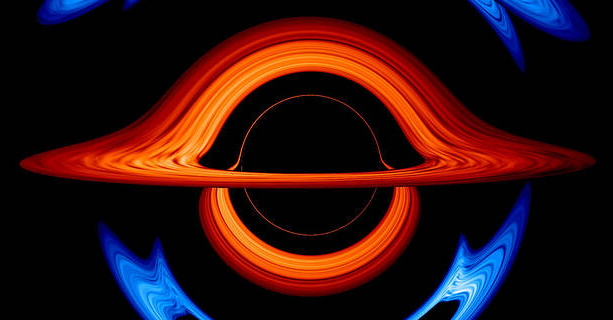
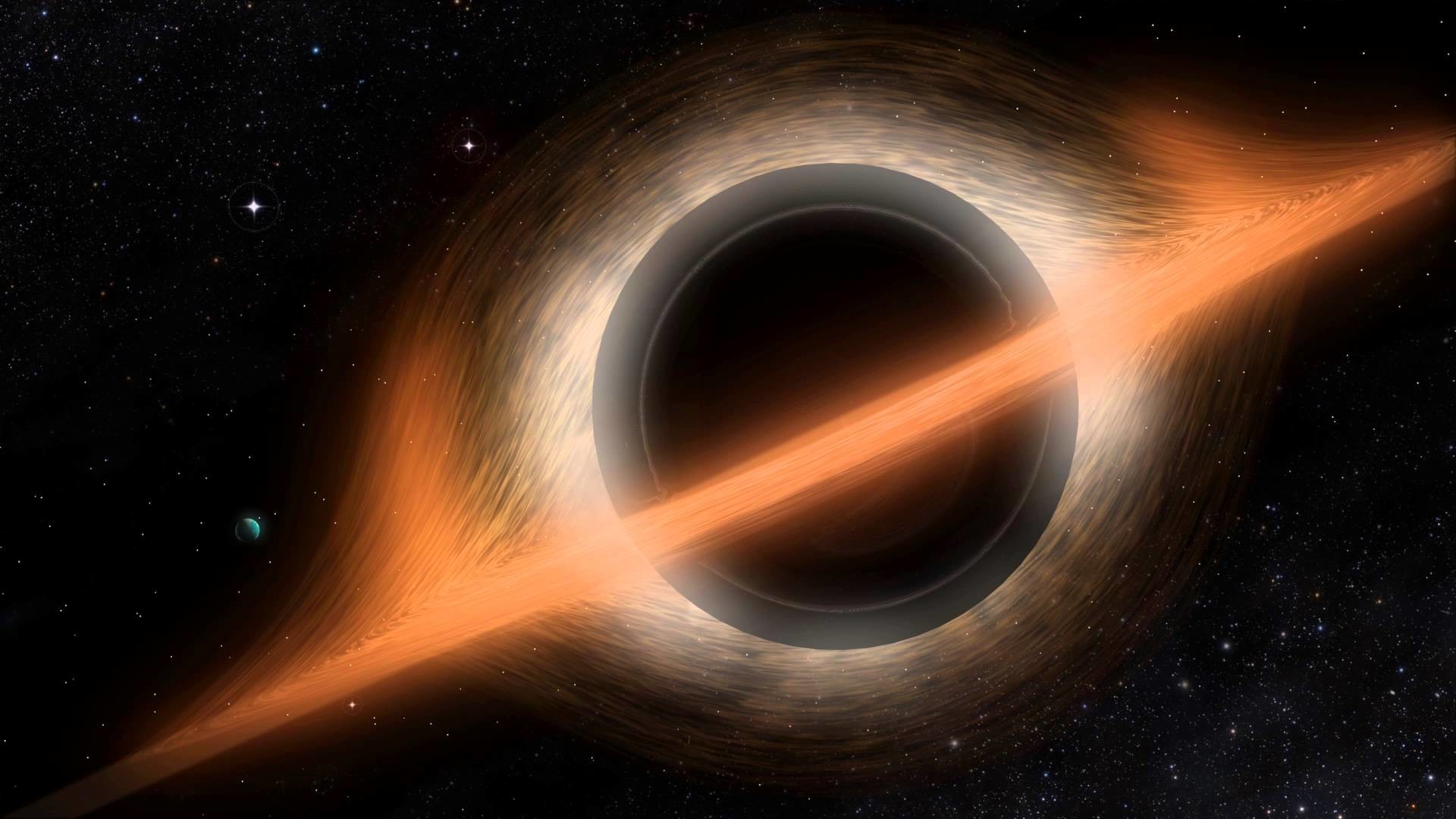
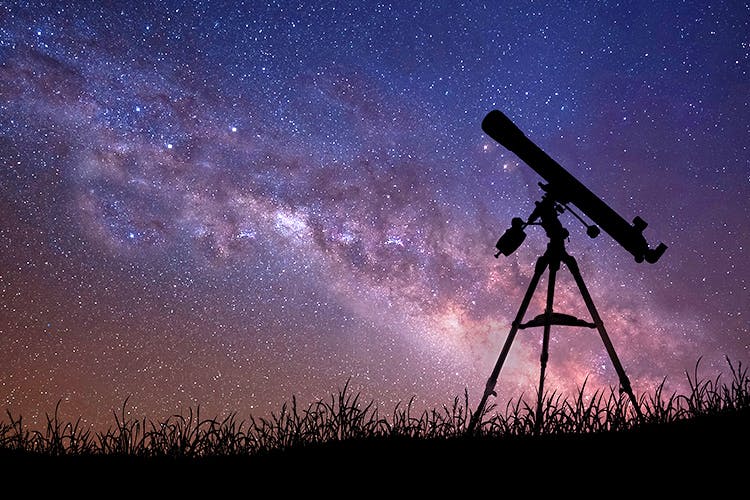
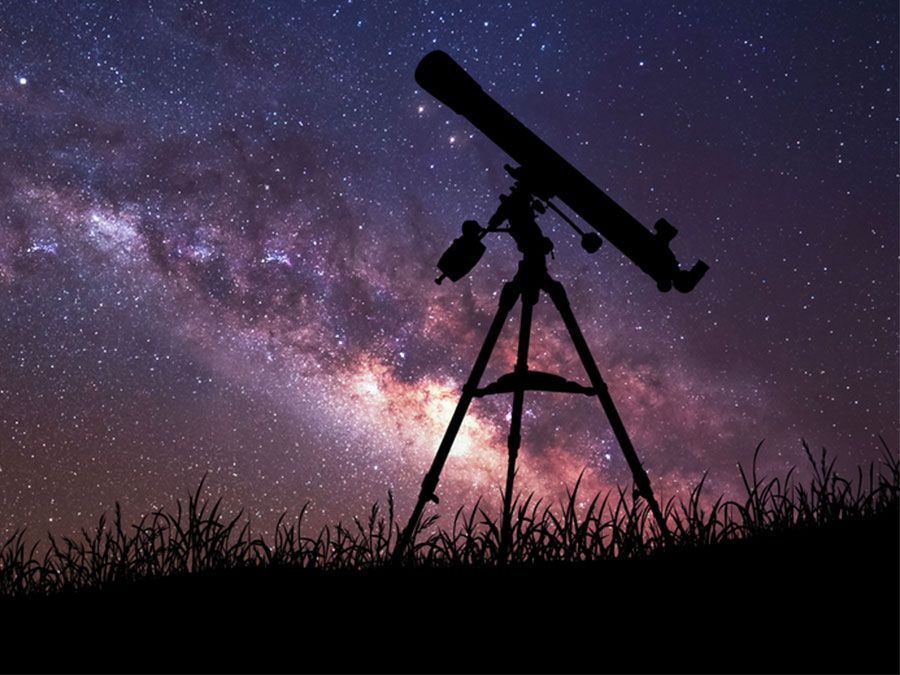 >
>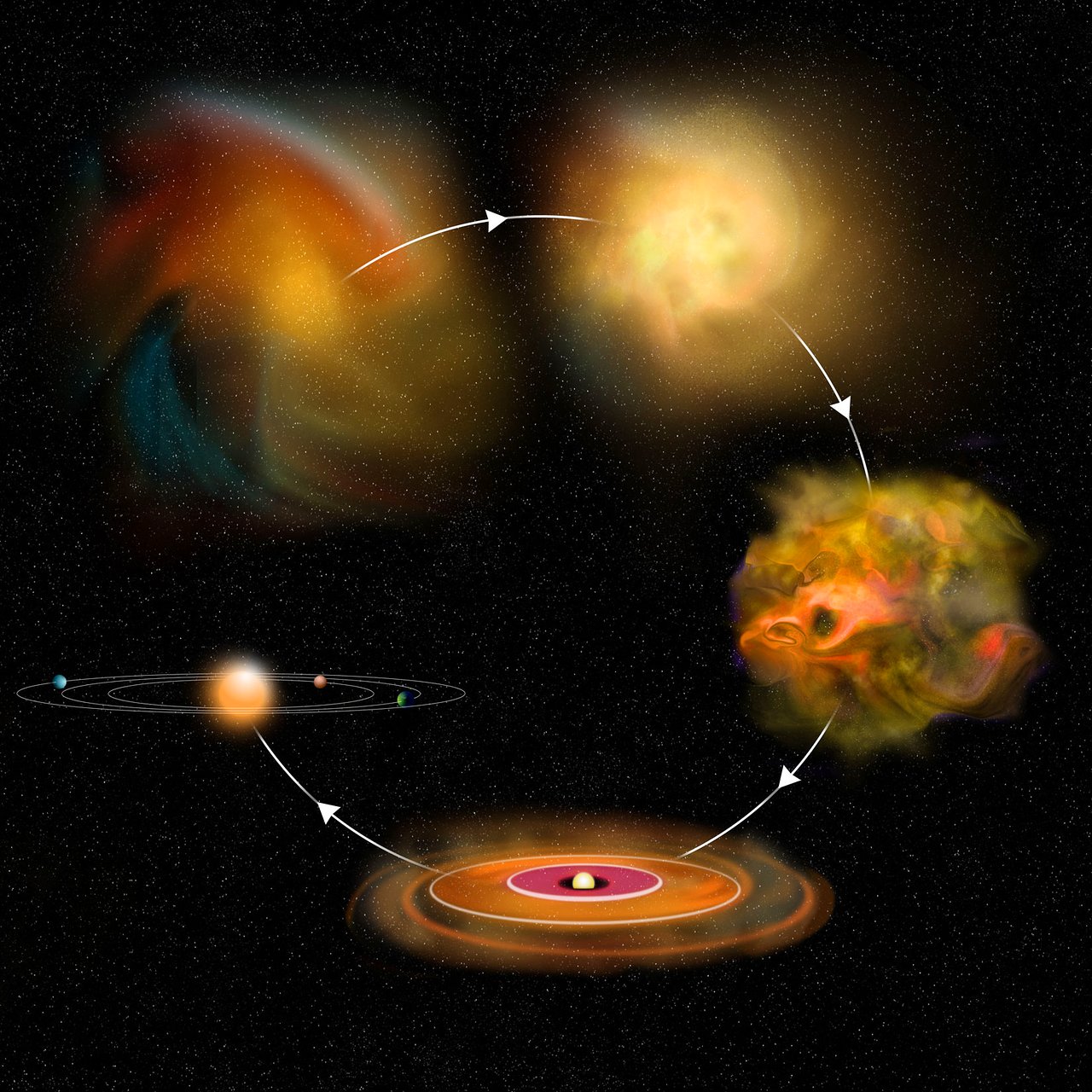 >
>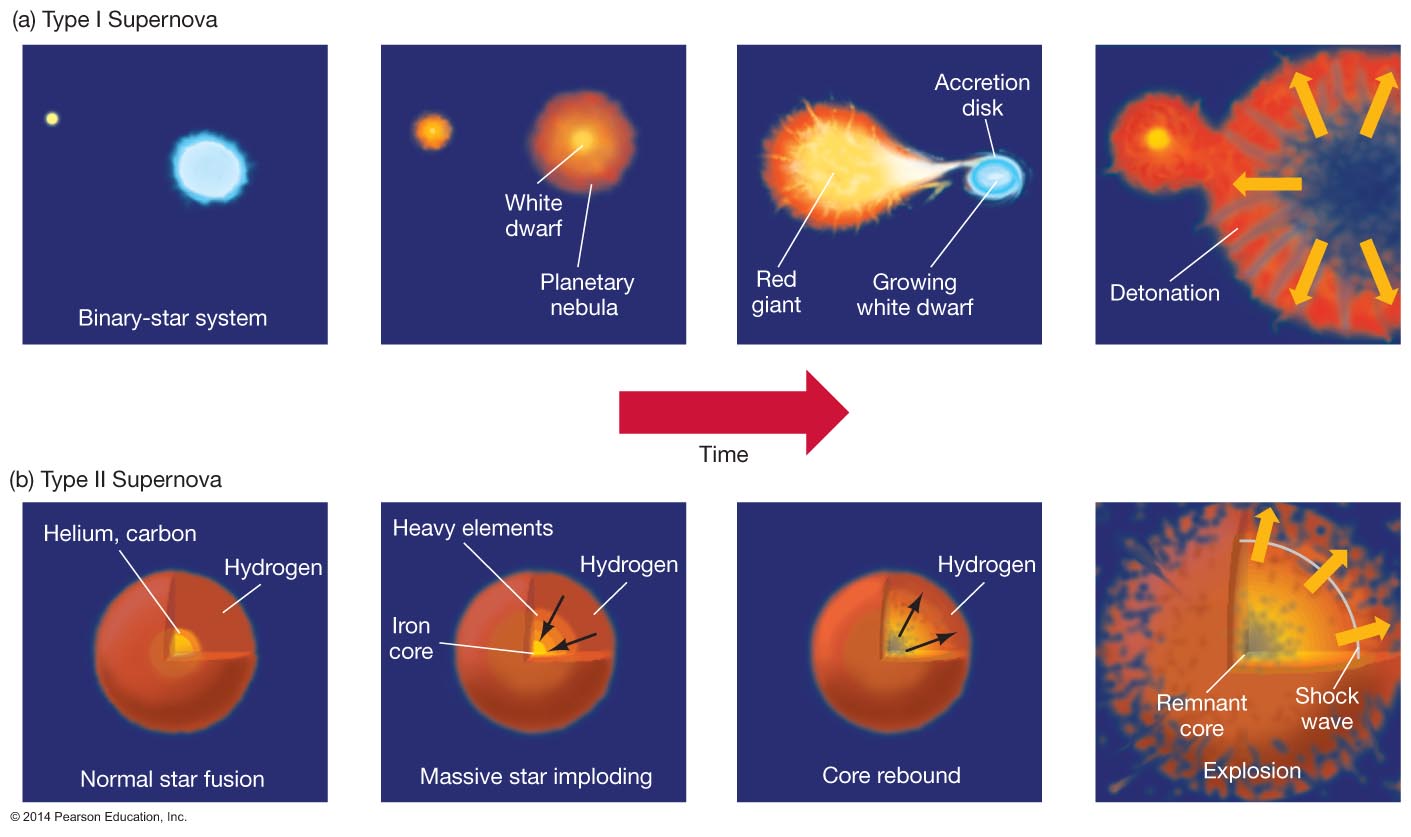 >
>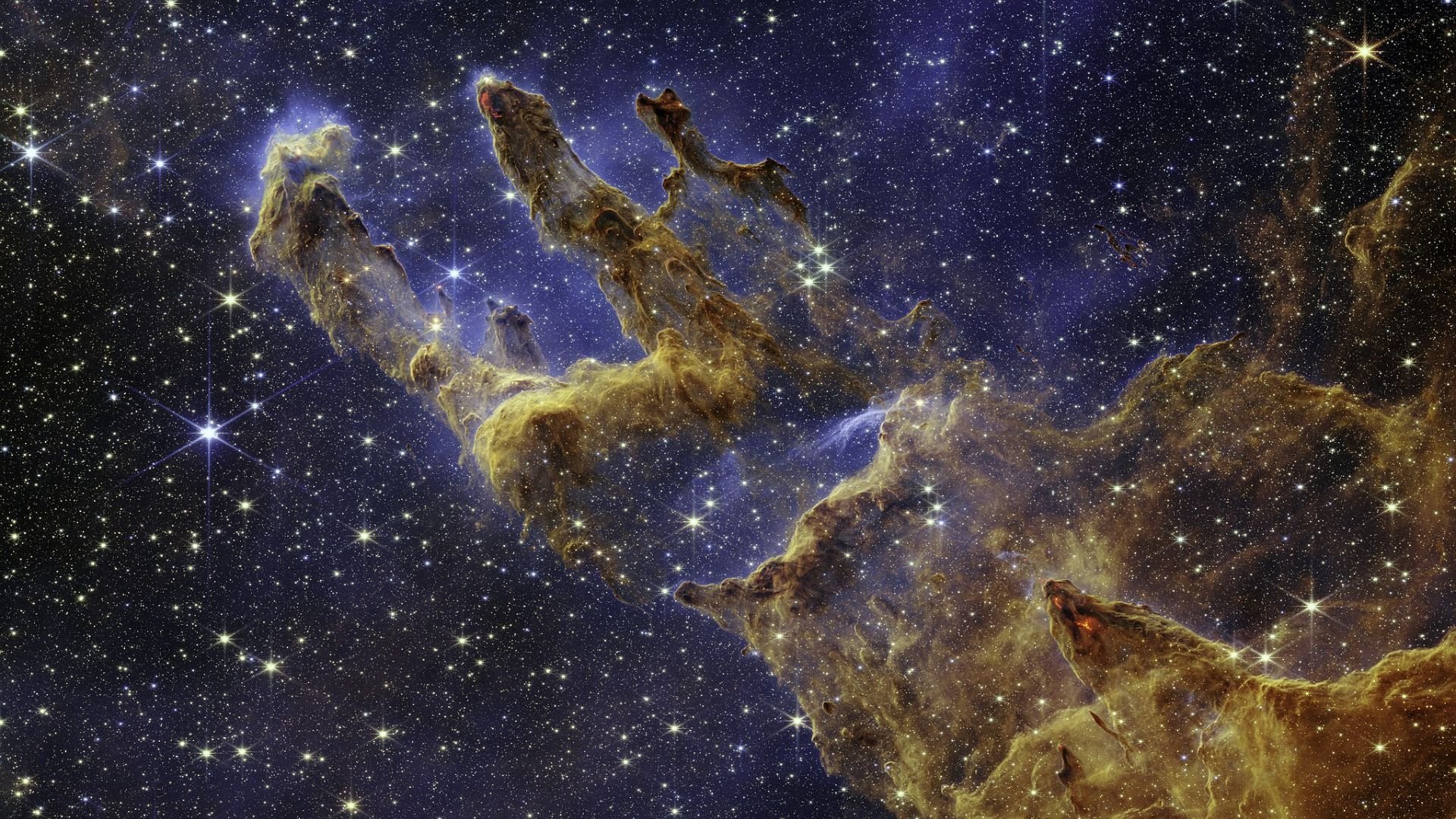 >
>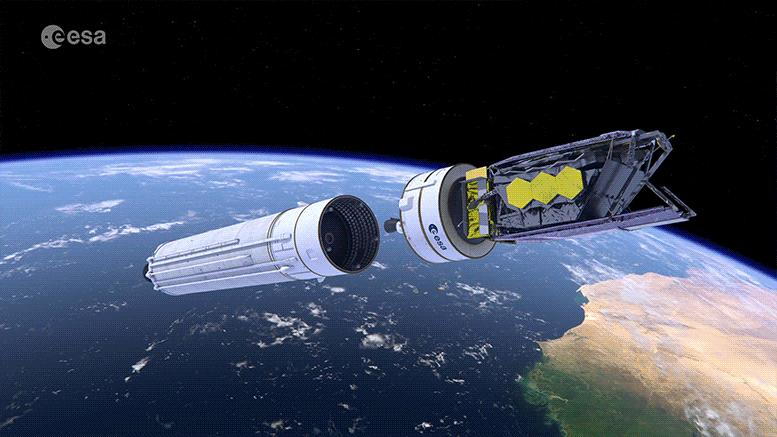 >
>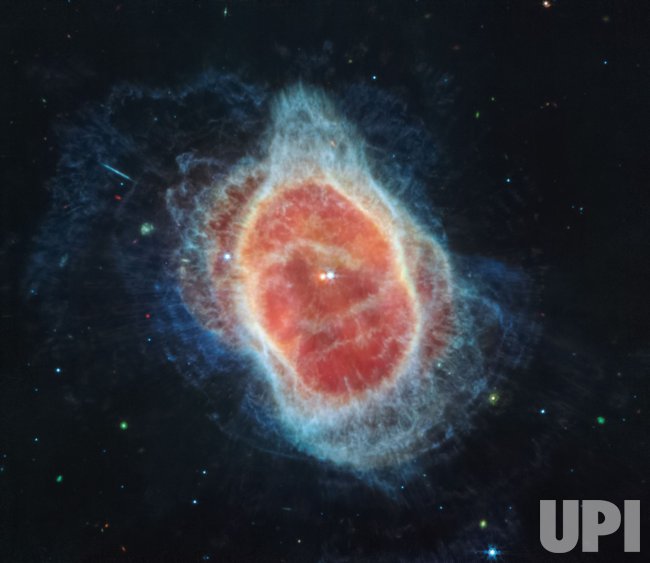 >
>